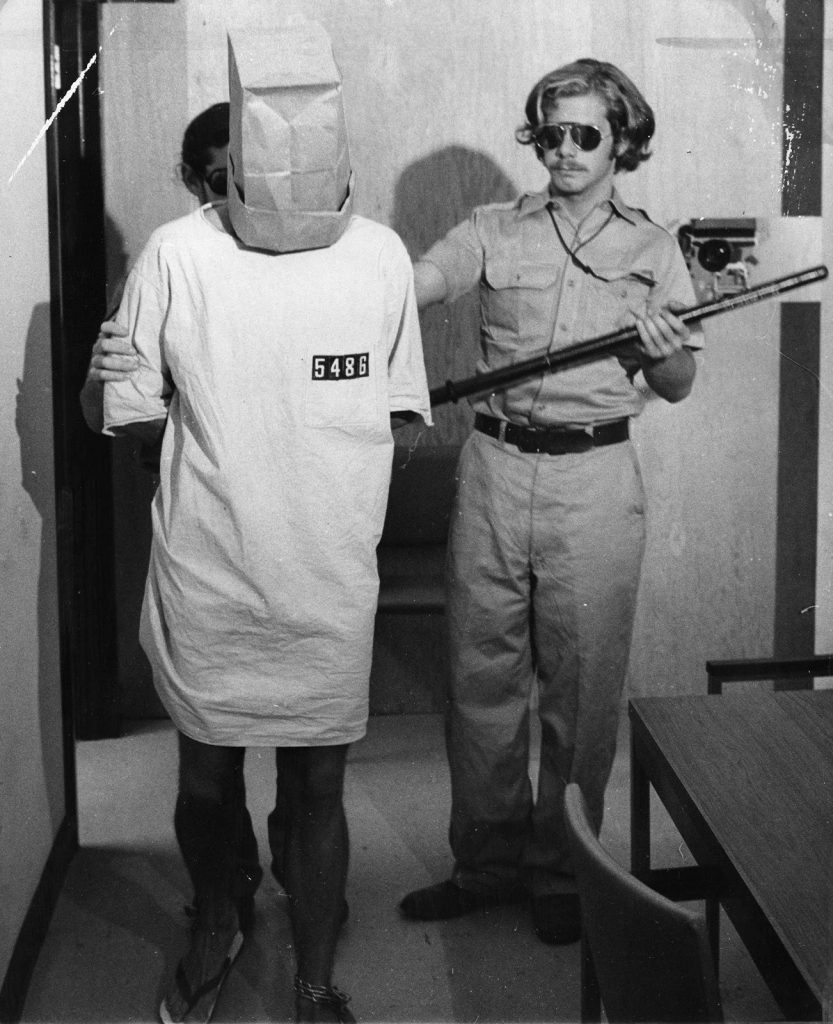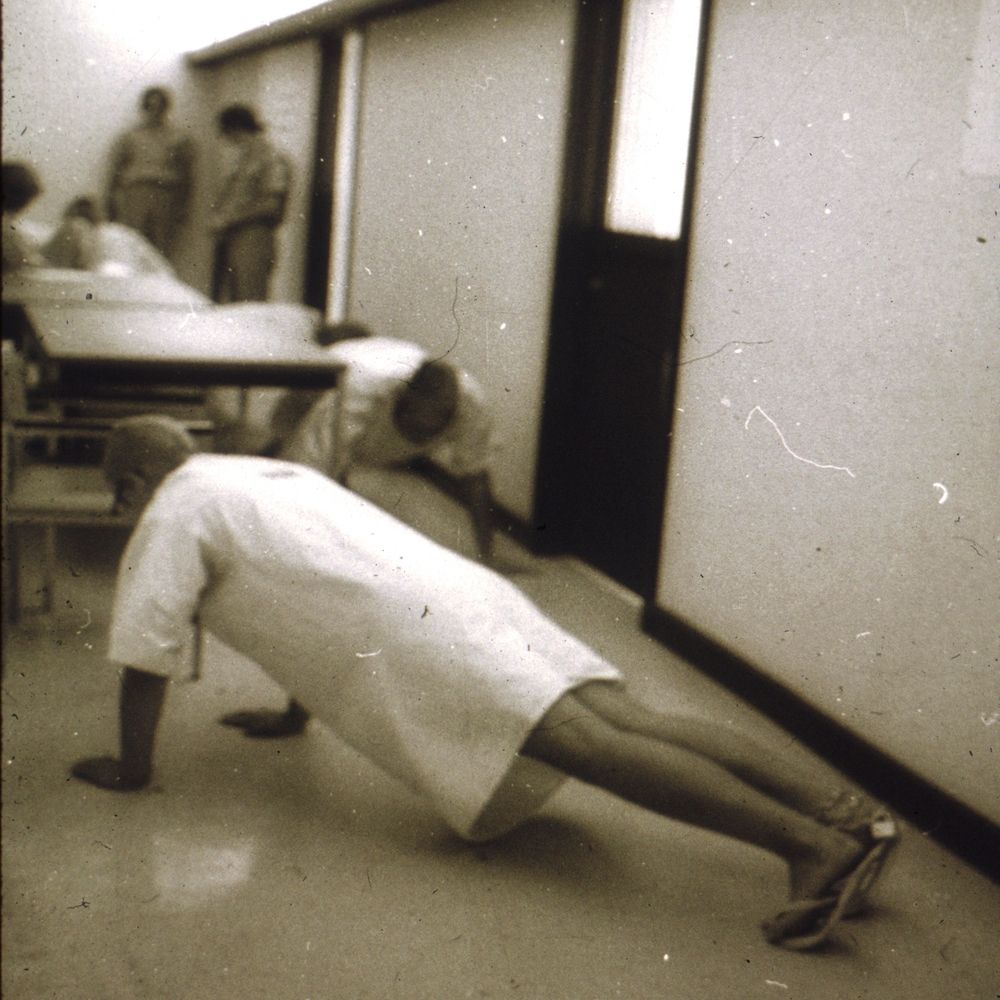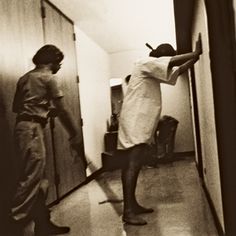What is context?
Context is the circumstances that form the setting for an event, statement or an idea. For example context in art is where artists work in regards to their environment, historical trends and traditions, social movements, cultural values, personal commitments and many more. Artists do not create contexts they work within them.
Two of the main contexts outside of art that really interest me are biology and psychology, I’ve decided to talk about psychology as it really appeals to me when an artist uses emotion within their work, also the idea that psychology is based on the human mind and its functions and how we behave. The fact that we use our brain every second of the day even while we are sleeping, and we all have different social norms. Also the idea that psychology comes into so many categories even art being therapy to some people.
Social norm definition is an unwritten rule about what is acceptable within a particular society. A person thinking and behavior is classified as abnormal if it violates the rules about what is expected or acceptable behavior in a particular social group.
I am going to be talking about the Stanford prison experiment which involves social influence in psychology, this experiment was conducted by Zimbardo in 1973. This study explores how we conform to social roles for example being a sister is a role or being a police officer, for each role in society there is a set of norms that tell us how we should act and behave and which we normally tend to follow. The aim of this experiment was to see how ‘ordinary people’ would behave if they were placed in this prison environment where some of them were guards and others were prisoners.
Zimbardo converted a room into a prison, building it into a mock prison. Many people volunteered for the study of prison life. Zimbardo chose 24 men who were the most physically and mentally stable, the participants did not know each other and were paid 15 pounds a day to take part in this experiment. They were then randomly assigned role of either a prisoners’ or a guard, so in total there was 10 prisoners and 11 guards. The prisoners were treated like a real life criminals, they were unexpectedly arrested at their own home and taken to a local police station, then they were finger printed and photographed.
Within this experiment they did everything a normal guard would’ve done in a actual prison environment, the guards made the prisoners strip naked, they had all their personal possessions taken away from them, and the prisoners were only to be called by their prison ID number. The guards and prisoners all had uniforms, prisoners wore a smock with nothing underneath they also had a cap to cover their hair and a chain around one ankle. However the guards had identical uniforms, clubs, whistles, handcuffs and reflective sunglasses.
This is Deindividuation. This is where the uniforms removes a persons sense of individuality, it also means that others treat you less like an individual. This may make people more conformist because they conform to the social role of the uniform.
A couple days into this experiment the participants seemed to have forgotten that they were acting and they had adopted behavior like real life guards/prisoners. The guards would wake up the prisoners at ridiculous times in the morning by making noise, they would insult the prisoners’, give them pointless task to complete and would punish them, the prisoners were dehumanized.
On the second day the prisoners decided to rebel, they removed their ID numbers from their uniforms, they barricaded themselves in their cells by putting the beds in front of the doors. The guards decided to retaliate and used fire extinguisher which shot carbon dioxide, they did this to make the prisoners move from the doors. The behavior of the guards started to get really aggressive and the prisoners continued to rebel.
Zimbardo intended this experiment to last 2 weeks however it only lasted 6 days due to the emotional breakdowns of prisoners there was a lot of crying and some of them even got anxious also it was not just the prisoners however the guards aggression towards the prisoners spiraled out of control.
In conclusion Zimbardo, after this experiment ended they reveled how people will conform to the social roles they are expected to play, especially if the roles are strongly stereotyped as those of the prison guards. This is because the guards were were placed in the position of authority, they began to act in ways they would not usually behave in their normal lives, and this is the power of social influence and how we abide and conform.
After the experiment had ended most the guards found it difficult to believe that they had behaved in this brutalizing way, many of them said they did not know this side existed to them and they were capable of such horrible things. Also the prisoners too couldn’t believe they responded in such a submissive way.
There were some ethical issues to this experiment, there was a lack of consent by participants as Zimbardo did not know what was going to happen so it was unpredictable. Also the prisoners did not consent to being arrested at home. The participants who were playing the prisoners were not protected by psychological harm, experiencing incidents of humiliation and distress. For example on prisoner had to be released after 36 hours because of uncontrollable bursts of screaming, crying and anger. However Zimbardo did conduct debriefing sessions for 7 years after the experiment ended and concludes that there were no long lasting negative effects.



